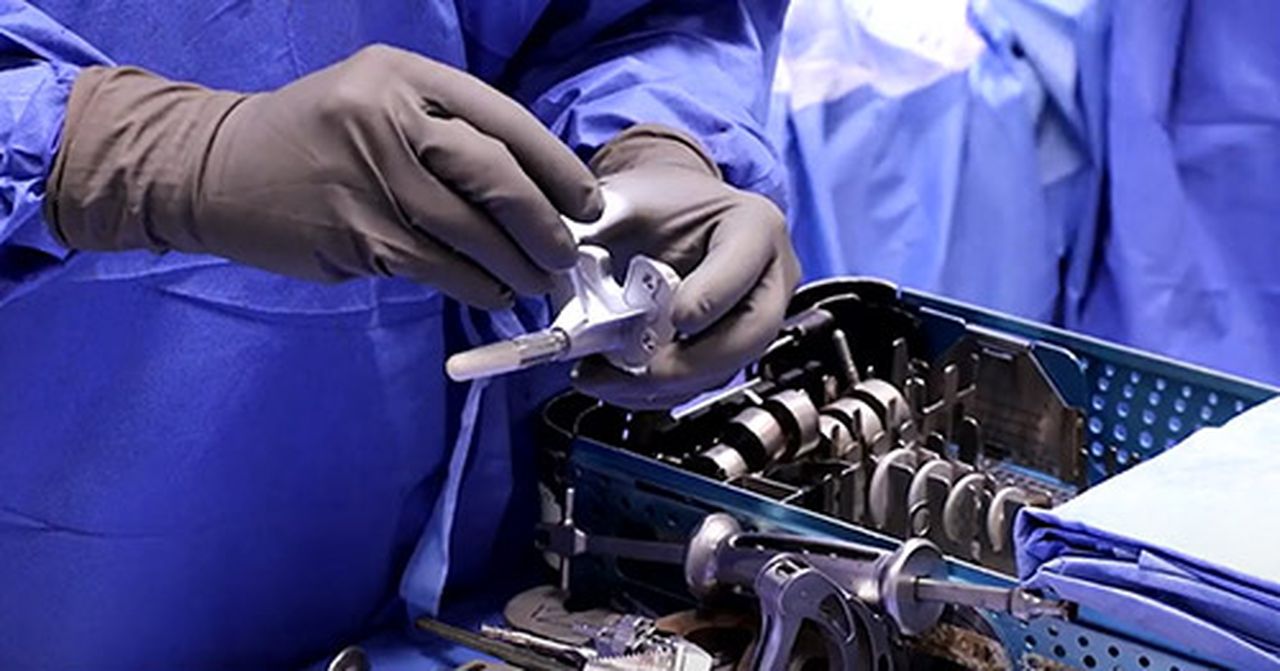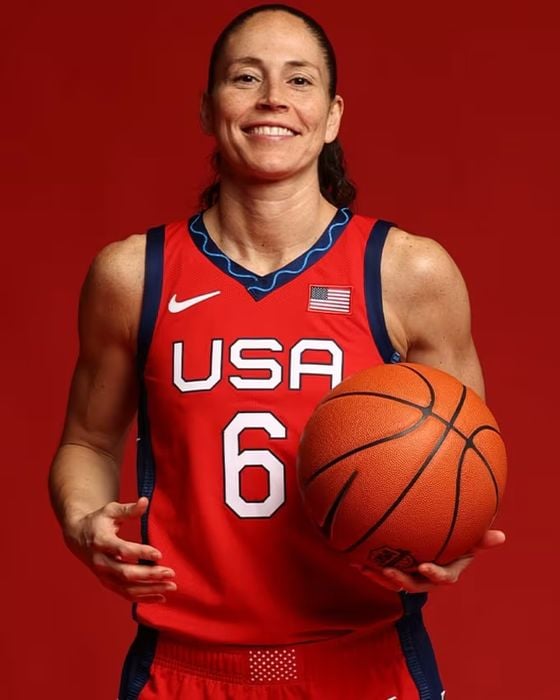
Charles R. Goulding and Preeti Sulibhavi examine Lindsey Vonn’s groundbreaking robotic-assisted knee replacement, showcasing how cutting-edge orthopedic technologies like 3D printing are revolutionizing patient care.
Lindsey Vonn, the celebrated Olympic skier, has long been a focal point in the media, with features in numerous publications and interviews, including a notable segment on “60 Minutes.” Her recent partial knee replacement surgery, involving titanium components, has been extensively documented, highlighting the journey from diagnosis to the robotic-assisted procedure. At 40 years old, and having endured multiple injuries throughout her career, Vonn’s return to the slopes has captivated audiences worldwide.
Steadman Clinic
Vonn’s surgical journey commenced at the renowned Steadman Clinic in Colorado, a medical facility frequented by numerous celebrities seeking top-tier orthopedic care. At Steadman, Vonn was referred to Dr. Martin W. Roche, an orthopedic surgeon and director of arthroplasty at the Hospital for Special Surgery (HSS) in Florida. Dr. Roche performed the partial knee replacement in April, utilizing robotic assistance to precisely resurface the most damaged parts of Vonn’s knee with titanium alloys and polyethylene components. The replacement parts were custom-positioned based on medical imaging of Vonn’s knee joint.
Hospital for Special Surgery (HSS)
The Hospital for Special Surgery, with its main campus in New York City, is renowned for its surgical expertise and pioneering use of 3D printing technologies in orthopedic procedures. HSS has established a collaboration with LimaCorporate to create the first design and additive manufacturing (AM) 3D printing facility for custom complex implants on a hospital campus. This facility enables the rapid production of patient-specific implants, enhancing personalized orthopedic care. In recent years, HSS has leveraged 3D printing to produce custom-made implants tailored to patients’ unique anatomies. For individuals with severe deformities, significant bone loss, or failed joint replacements, these personalized implants have been instrumental in restoring function and mobility. The use of 3D printed components allows for implants that fit more snugly within a person’s anatomy and achieve specific porosities and shapes to better adhere to bone.

Lindsey Vonn’s Surgery and 3D Printing
Regarding Vonn’s partial knee replacement, the procedure involved the use of titanium alloys and polyethylene components that were custom-positioned based on medical imaging of her knee joint. However, there is no specific information indicating that 3D-printed components were utilized in her surgery. The emphasis was on the precision of the robotic-assisted surgery and the customization of the implant positioning rather than the fabrication of the implants themselves.
Celebrities Treated at HSS
HSS has a distinguished history of treating high-profile individuals from various fields. While specific patient information is often confidential, several celebrities have publicly acknowledged their treatments at HSS. Here are some notable figures:

Amar’e Stoudemire
Former NBA All-Star who underwent knee surgery at HSS during his career.

Kobe Bryant
Late NBA legend who received treatment for his Achilles tendon injury at HSS.

Eli Manning
Two-time Super Bowl-winning quarterback who had ankle surgery at HSS.

Rafael Nadal
Tennis superstar who sought treatment for his knee issues at HSS.

Derek Jeter
Former New York Yankees captain who underwent ankle surgery at HSS.

Alex Rodriguez
Retired MLB player who had hip surgery performed at HSS.

Peyton Manning
Hall of Fame NFL quarterback who received neck treatment at HSS.

Chris Weidman
UFC fighter who underwent leg surgery at HSS after a severe injury.

Sue Bird
WNBA star who had knee surgery at HSS to extend her playing career.

Victor Cruz
Former NFL wide receiver who underwent calf surgery at HSS.
Advancements in 3D Printing at HSS
HSS continues to be at the forefront of integrating 3D printing technologies into orthopedic surgery. The collaboration with LimaCorporate has led to the establishment of the ProMade Point of Care Center for Complex Orthopedic Solutions at HSS, where patient-specific 3D printed implants are designed and produced on-site. This facility has successfully completed surgeries utilizing these custom implants, marking a significant advancement in personalized patient care.
The use of 3D printing allows for the creation of implants that are precisely matched to a patient’s anatomy, potentially improving the fit and longevity of the implant. This technology is particularly beneficial for patients with complex joint conditions that cannot be adequately addressed with standard, off-the-shelf implants.
The Research & Development Tax Credit
The now permanent Research and Development (R&D) Tax Credit is available for companies developing new or improved products, processes and/or software.
3D printing can help boost a company’s R&D Tax Credits. Wages for technical employees creating, testing and revising 3D printed prototypes are typically eligible expenses toward the R&D Tax Credit. Similarly, when used as a method of improving a process, time spent integrating 3D printing hardware and software can also be an eligible R&D expense. Lastly, when used for modeling and preproduction, the costs of filaments consumed during the development process may also be recovered.
Whether it is used for creating and testing prototypes or for final production, 3D printing is a great indicator that R&D Credit-eligible activities are taking place. Companies implementing this technology at any point should consider taking advantage of R&D Tax Credits.
Conclusion
The advancements in orthopedic surgery, particularly the integration of robotics and 3D printing, are enabling individuals to maintain active lifestyles well into their later years. Lindsey Vonn’s determination to continue participating in a physically demanding sport serves as an inspiration to many. Her high-profile journey through partial knee replacement surgery may encourage others to consider surgical options that are continually improving through technological innovations.
As the field of orthopedic surgery evolves, the collaboration between institutions like HSS and technology partners such as LimaCorporate is paving the way for more personalized and effective treatments.
